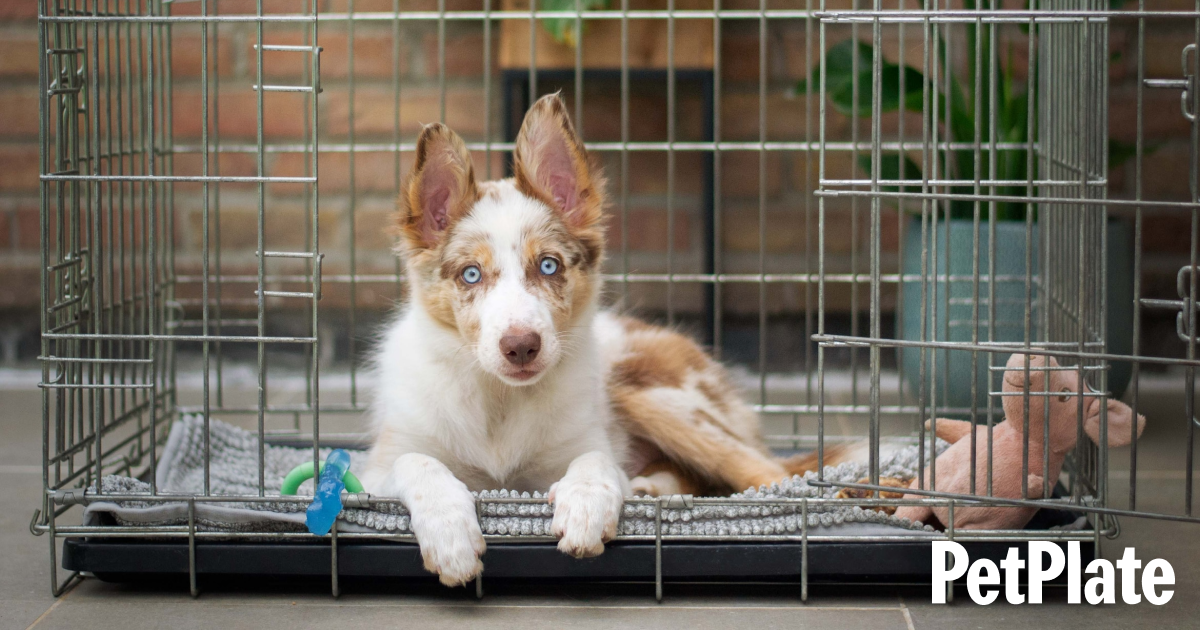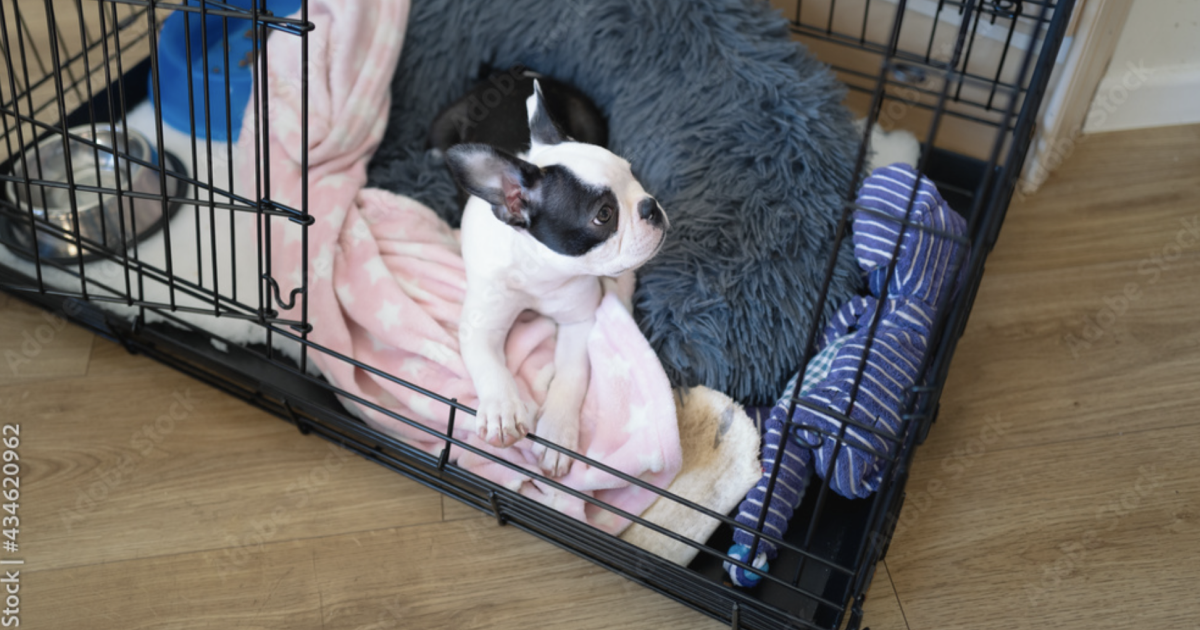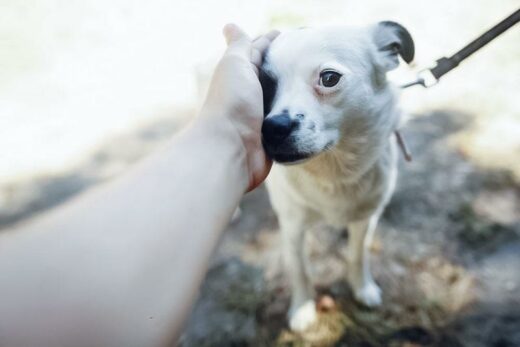What You Need to Crate Train a Puppy

Crate training is an essential part of raising a well-behaved dog who has a quiet, safe spot to call their own. And the process of teaching your dog to love their crate is easier than you think.
Start with the essentials. You’ll need:
- A crate
- Blanket or crate pad
- Toys
- Treats
What Size Crate Should I Get for My Puppy?
Crates come in multiple designs and sizes. Some dogs prefer wire crates that allow them to see out on all sides, while others prefer an enclosed “airline crate” that feels more like a den. Both crate styles are suitable for crate training.
The size of the crate is important. Puppies should be able to lie down, stand, sit up and move around in the crate. Since puppies grow fast, look for a larger crate that will accommodate their adult size, and use a crate divider to section off a smaller space if needed.
It might seem like a good idea to purchase the largest crate possible, but puppies often use extra space as a built-in bathroom. Instead of going big, choose a crate that’s the right size for resting and nothing else.
Step by Step Guide for Crate Training a Puppy

Some puppies love hanging out in their crates, while others need a little extra coaxing and positive reinforcement to learn that their crate is a safe space. Plan to devote time to crate training, in order to establish a lifelong positive association with their crates.
Set up the crate for comfort: Add a crate mat or blanket so your puppy will be comfortable.
Make introductions: Sit next to the crate and use a happy tone of voice to call your puppy over. Toss a few treats in the crate and encourage them to check it out. Leave the door open and praise their curiosity.
Choose the right time: Your puppy should see the crate as a spot to rest. Start by taking your puppy for a walk or playing a game of fetch and then lead them to the crate to rest. Limit their time in the crate to 10 minutes or so to start, and then build up to longer periods.





